There’s something comforting about a steaming bowl of chicken noodle soup set down in front of you, but it doesn’t always have to taste the same. What if, instead of the usual carrot and celery, you caught the sharp scent of lemongrass or the earthy kick of turmeric? Suddenly, the bowl you thought you knew is transformed into a little culinary journey. Soup can be more than familiar—it can be surprising, layered, and full of stories you didn’t expect.
Via Unsplash
Reinvention Without Losing the Heart
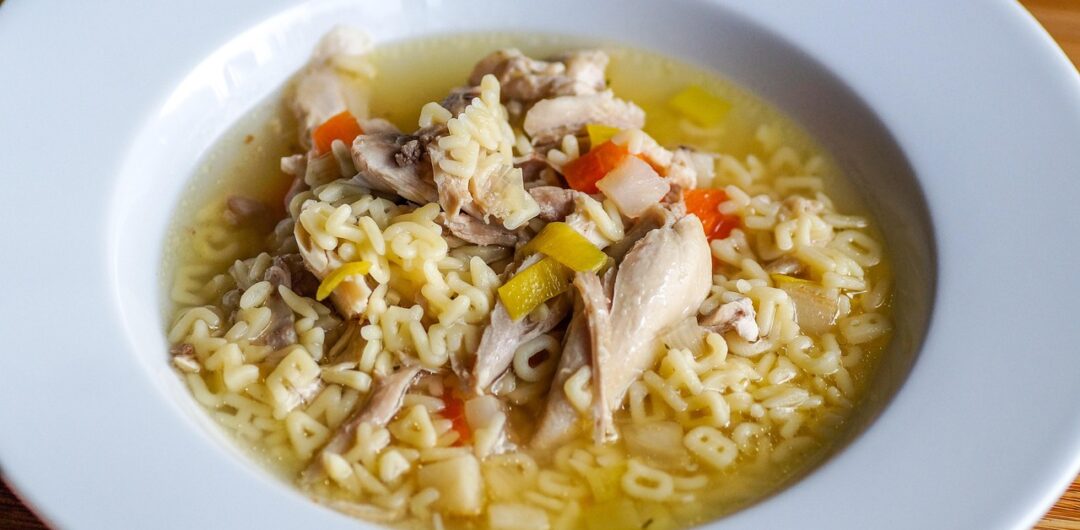
You don’t need to throw out tradition to make chicken noodle exciting again. Keep the broth, the protein, and the starch—that’s the skeleton of the dish. What changes is the flesh you wrap around it. Egg noodles can be swapped for udon, and grains like freekeh or farro can bring nutty complexity. The point isn’t to mask what makes the dish beloved but to expand it so each bowl feels new without losing its soul.
Why Global Flavors Feel So Right
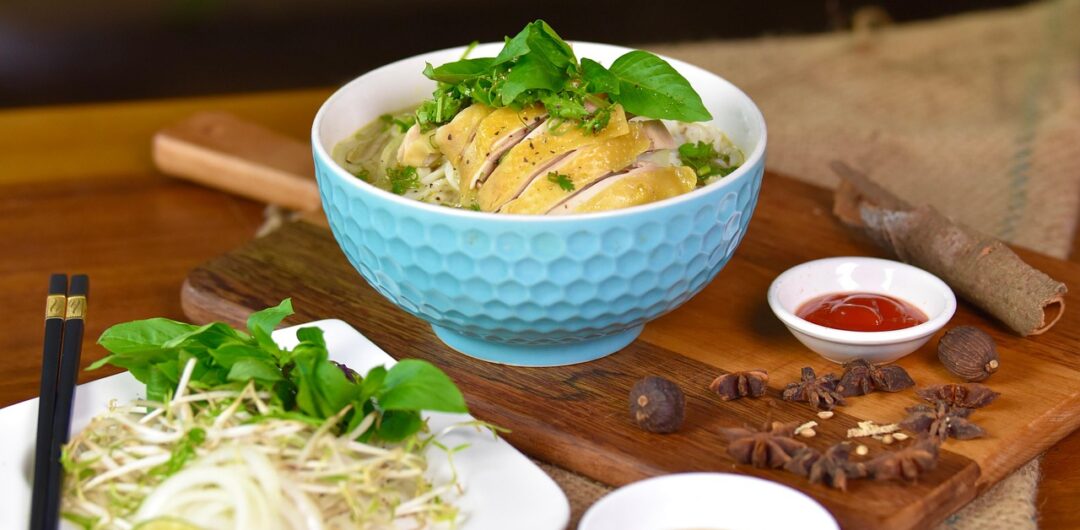
Food isn’t just calories—it’s a connection. When you bring in flavors from other cultures, you’re opening your kitchen to voices beyond your own. A broth heavy with star anise and ginger speaks of quiet balance in East Asia. A squeeze of lime and fresh cilantro echoes the chaos and brightness of Latin American street markets. These details matter because they remind you that eating can also be a form of listening, a way to understand how others see nourishment.
How to Actually Pull It Off
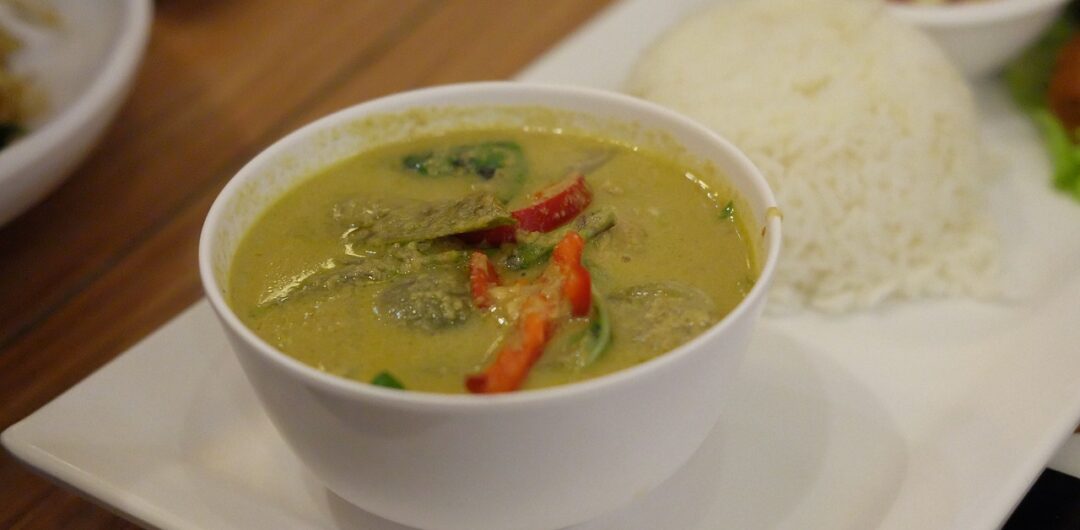
Here’s where it gets practical. Think of soup as four building blocks: broth, protein, starch, and accents. Start by changing the base. Coconut milk with lemongrass leans Thai, while a roasted-tomato broth with smoky chipotle leans Mexican. Then choose your protein—maybe shrimp for lightness, lamb for depth, or tofu if you’re aiming for clean, neutral balance. Noodles, rice, or dumplings bring in the grounding element. Finally, let herbs or spices play lead roles without overcrowding. The soup doesn’t need ten different flavors; two or three bold ones are enough to carry the story. Be open to the experience of cultural excellence, and you will be surprised.
Where New Ideas Come From
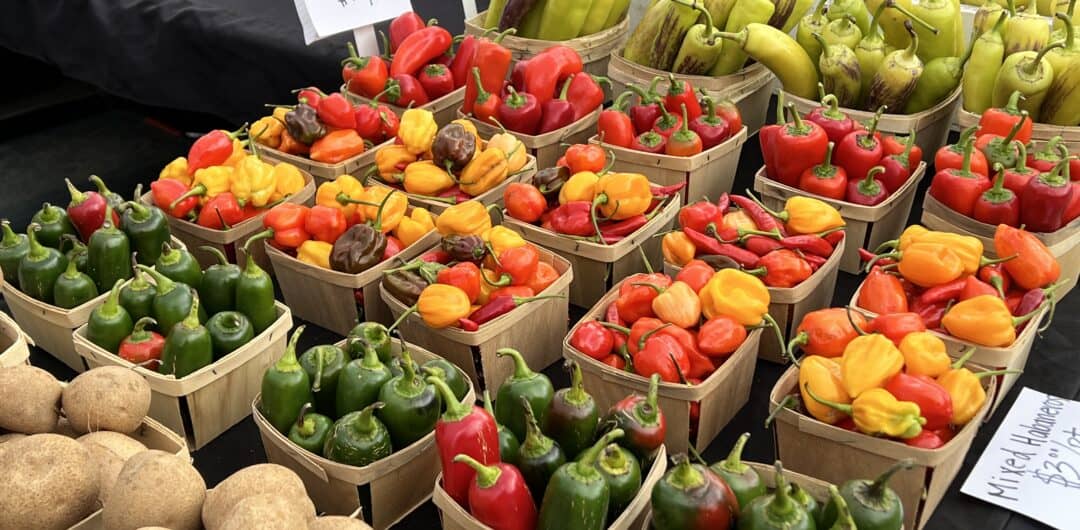
Not everyone has the luxury of traveling for inspiration, but curiosity goes a long way. Cookbooks, markets, or even conversations with friends can spark a shift in how you cook. Some chefs take this to another level—Broth Masters, for instance, have shown how careful technique and fearless experimentation can turn a simple broth into something remarkable. They prove that soup can evolve without losing its grounding.
Let Curiosity Lead the Way
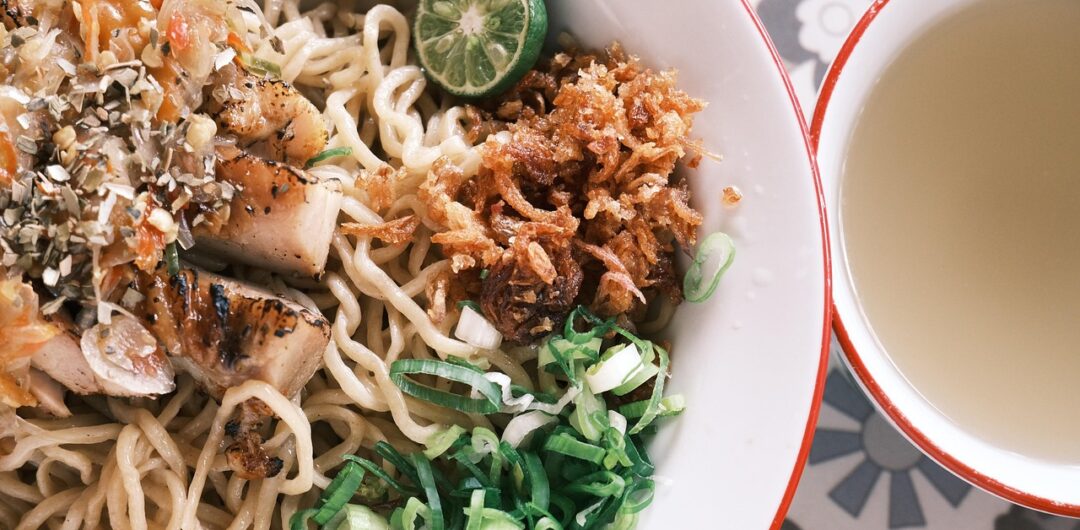
What happens when you stop following the recipe you’ve known since childhood? You discover the bowl can hold much more than comfort—it can hold adventure. Reinventing chicken noodle isn’t about being clever for the sake of it. It’s about allowing one dish to stretch, to carry flavors from places you may never have been but still want to taste. Next time you simmer a pot, ask yourself: what journey should this one take?
